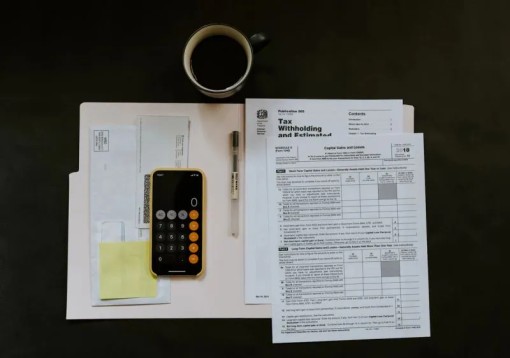For folks accustomed to working for others, the idea of working for yourself might seem idyllic. You’re your own boss, you set your schedule, and often you can work from home. Out of 150 million U.S. workers, about 16 million are self-employed, Pew Research Center reports.
Once you start working for yourself, you take on a crucial task: Keeping tabs on your taxes. There’s no longer any automatic withholding of taxes from your paycheck, so paying taxes is now your job.
And we’re not talking just about income taxes. Self-employed workers generally are on the hook for Social Security and Medicare taxes, too.
Whether you’re a freelancer, an independent contractor, or run a sole proprietorship business, it’s up to you to keep track of your taxes. And that may include making estimated tax payments through the year, not just when you file your tax return, to avoid an IRS penalty bill.
If you’re considering making the plunge into self-employment, you should consult a tax advisor. That’s especially true if you (or you and your spouse filing taxes jointly) have both wage and self-employment income in a given year. Here are some general guidelines to help you understand what’s involved (current as of mid-2022).
Wage workers vs. self-employed: What’s the difference?
If you’re on someone’s payroll, your employer withholds income tax from your paychecks for you (along with taxes for Social Security and Medicare) and sends it off to the government. But if you’re working for yourself, usually, there’s no automatic withholding of your taxes. You have to pay your taxes yourself.
Making estimated tax payments
You might think the deadline for paying your taxes is April 15 of the following year because that’s when your tax return is due. But actually, federal income tax operates as a “pay-as-you-go” system, meaning taxes are due when you earn taxable income. And if you wait to pay until the end of the year, you may owe a penalty.
So, if you’re self-employed, chances are you’ll need to make estimated tax payments throughout the year. In many cases, that means four payments since the IRS sets estimated-tax deadlines four times a year. (They’re often called “quarterly” payments, but the deadline periods are not precisely three-month quarters.)
Who must pay estimated taxes?
The IRS says self-employed workers should make payments through the year if they expect to owe at least $1,000 in taxes at year’s end after subtracting any taxes withheld from wage jobs and tax credits. There are other exceptions, as explained here in IRS Publication 505. The rules may differ for farmworkers, people in fishing, and higher-income folks.
How much should you pay?
That depends on how much taxable income you earn, your tax rate, and your expected deductions and credits. Your quarterly payments may change as your income goes up or down through the year. Use IRS Form 1040-ES to figure out what to pay.
How to pay estimated taxes
The IRS encourages you to use its electronic online payment system. For information and to pay, go to IRS.gov/Payments. You can pay out of your bank account or with a credit card. If you’d rather send a check in the mail, you’ll need to include a printed version of IRS Form 1040-ES, an estimated tax voucher, for the proper period.
Another kind of tax
Self-employed folks also are on the hook for a tax subsidizing the Social Security and Medicare benefits you’ll receive when you retire—payments that an employer usually deducts from your paycheck if you’re a wage worker. This is called a self-employment tax. You should include this tax with your estimated tax payments. And you’ll need to report what you paid on Schedule SE, filed with your annual tax return.
What’s this about a penalty?
If you underpay your estimated tax by one or more of the four deadlines, you could be charged a penalty at the year’s end. Generally, you’ll need to pay enough estimated tax to cover amounting to at least 90% of your tax for the current tax year or 100% of your tax from the previous year, whichever is less, to avoid a penalty. The IRS has penalty details here.
More information
The IRS offers detailed information on estimated taxes in Publication 505, updated for tax year 2022. The IRS Self-Employed Individuals Tax Center explains filing your tax return and which special forms to use. Consider consulting a tax professional to compile your return or use tax software that supports self-employed workers. And the IRS offers free tax return preparation assistance for low-income folks and other qualifying taxpayers.
Don’t forget your state.
Most states also collect income tax. Check with your state’s tax authority to determine what rules apply to self-employed workers.


